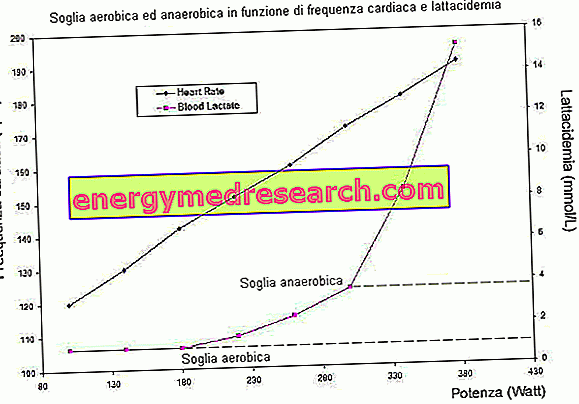
What is Bydureon - exenatide?
Bydureon is a medicine that contains the active substance exenatide. It is available as a powder and solvent for prolonged release suspension for injection (2 mg exenatide). The term "extended release" means that the active ingredient is released slowly over a few weeks after the injection.
What is Bydureon - exenatide used for?
Bydureon is used to treat type 2 diabetes. It is used in combination with other antidiabetes medicines in adult patients whose blood glucose (sugar) levels are not adequately controlled with the maximum tolerated dose of other medicines. It can be used in combination with metformin, a sulphonylurea, a thiazolidinedione, metformin and a sulphonylurea, or metformin and a thiazolidinedione.
The medicine can only be obtained with a prescription.
How is Bydureon - exenatide used?
Bydureon is given by subcutaneous injection once a week, on the same day of each week. The injection can be made in the abdomen, thigh or upper back part of the arm. Patients can self-administer the medicine using the kit supplied with Bydureon. To do this, they must be properly trained and must follow the instructions for the user. When Bydureon is added to a sulphonylurea, your doctor may decide to decrease the dose of the sulphonylurea to reduce the risk of hypoglycemia (low blood sugar levels). This risk is not expected when Bydureon is added to metformin or a thiazolidinedione.
How does Bydureon - exenatide work?
Type 2 diabetes mellitus is a disease in which the pancreas does not produce enough insulin to control the level of glucose in the blood or where the body is unable to use insulin effectively. The active substance in Bydureon, exenatide, is an "incretino-mimetic". This means that it acts in the same way as incretins (hormones produced in the intestine) inducing an increase in the level of insulin released by the pancreas in response to food intake and thus promoting control of blood glucose levels.
What studies have been performed on Bydureon - exenatide?
The effects of Bydureon were first tested in experimental models before being studied in humans.
Bydureon has been studied in four main studies lasting at least six months for a total of 1, 525 patients with type 2 diabetes mellitus. Two of the studies (555 patients) compared Bydureon with a medicine containing exenatide given twice a day, as adjunctive therapy to oral antidiabetic drugs or with treatment limited to diet and exercise. One study (514 patients) compared Bydureon with sitagliptin or pioglitazone (a thiazolidinedione) as adjunctive therapy to metformin. The other study (456 patients) compared Bydureon with insulin glargine as an adjunctive therapy to metformin whether or not associated with a sulphonylurea.
In all the studies the main measure of effectiveness was the change in the blood concentration of a substance called glycosylated hemoglobin (HbA1c), which gives an indication of the effectiveness of blood glucose control. At the beginning of the studies the HbA1c levels of the patients were around 8.4%.
What benefit has Bydureon - exenatide shown during the studies?
In all four studies Bydureon was more effective than comparative treatments in reducing blood HbA1c levels. In the first study, Bydureon reduced HbA1c levels by an average of 1.9% after 30 weeks of treatment compared to an average reduction of 1.5% with exenatide given twice a day. In the second study, the average reduction was 1.6% after 24 weeks of treatment with Bydureon compared to an average reduction of 0.9% with exenatide given twice a day. In the third study, Bydureon reduced HbA1c levels by an average of 1.4% after 26 weeks of treatment compared to an average reduction of 0.8% or 1.1% with sitagliptin or pioglitazone, respectively. In the fourth study the average reduction recorded with Bydureon was 1.5% after 26 weeks compared to an average decrease of 1.3% with insulin glargine.
What are the risks associated with Bydureon - exenatide?
The most common side effects of Bydureon were mostly stomach and bowel problems (nausea, vomiting, diarrhea and constipation). Nausea was the most common isolated side effect, mostly seen at the beginning of treatment, with a tendency to decrease over time. Other side effects were reactions at the injection site (itch) level, low blood sugar levels (when the medicine was used in combination with a sulphonylurea) and headache. Most side effects were mild to moderate in intensity. For the full list of all side effects reported with Bydureon, see the Package Leaflet.
Bydureon should not be used in people who may be hypersensitive (allergic) to exenatide or any of the other substances.
Why has Bydureon - exenatide been approved?
The CHMP noted that the benefits of Bydureon, including its effect on reducing HbA1c levels, support the comparison with the benefits of reference medicines and that undesirable effects are manageable. The CHMP therefore decided that Bydureon's benefits are greater than its risks and recommended that it be given marketing authorization.
Other information on Bydureon - exenatide
On 17 June 2011, the European Commission granted Bydureon a marketing authorization valid throughout the European Union to Eli Lilly Nederland BV. The marketing authorization is valid for five years, after which it can be renewed.
For more information about Bydureon therapy, read the package leaflet (also part of the EPAR) or contact your doctor or pharmacist.
Last update of this summary: 05-2011



